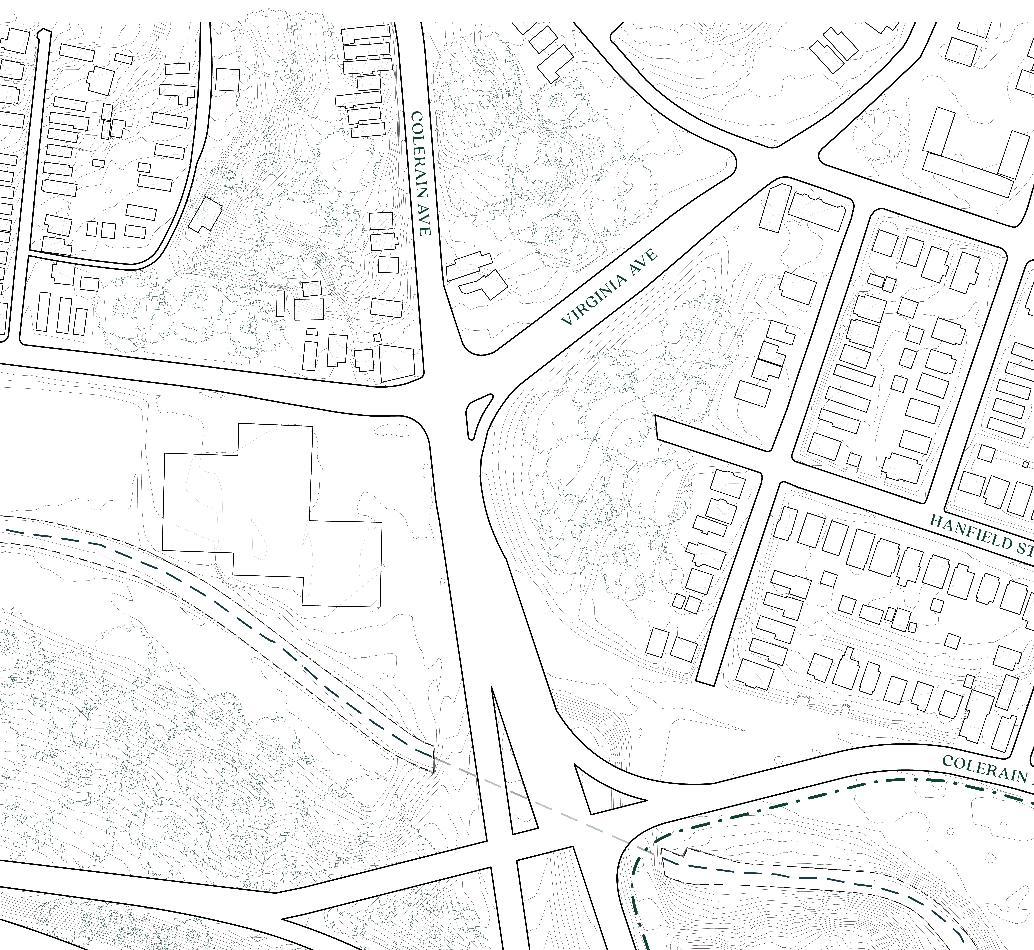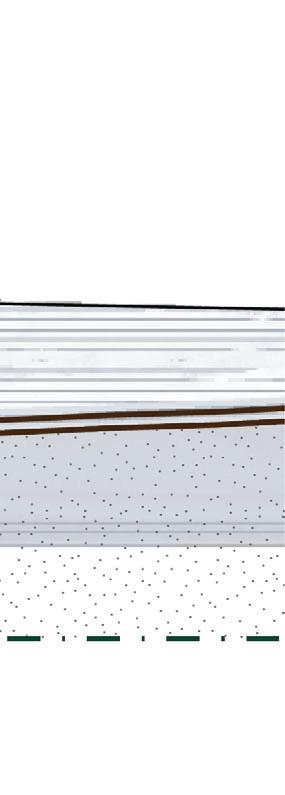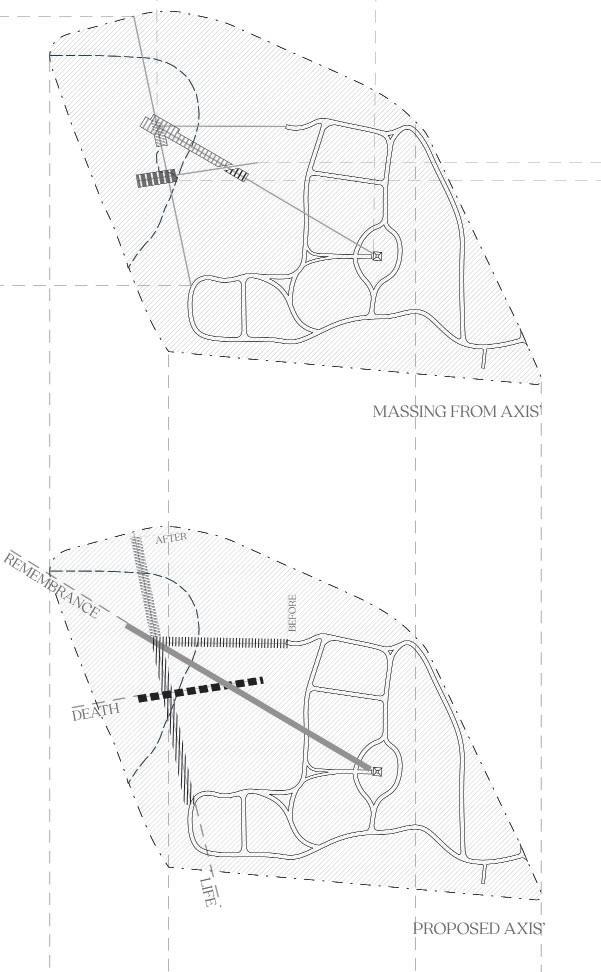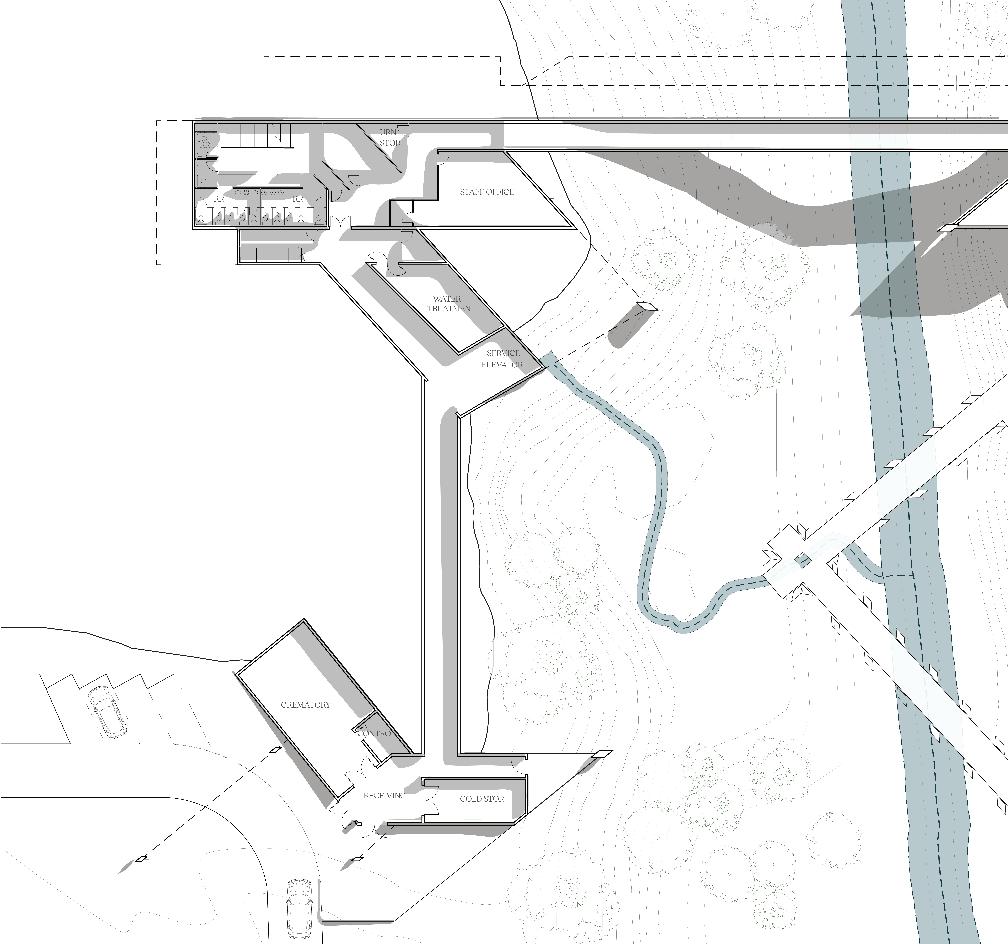American Deathscapes: The Ritual of the Sacred Ordinary
Reimagining Approaches to Death Ar chitecture in 21st Century America

https://tributecenteronline.s3-accelerate.amazonaws.com/Media/Slides/4f91fa05-2e44-4799-adcd-29950a940c33.jpg

https://ahlgrimffs.com/wp-content/uploads/funeralhomeservices2.jpg

http://cdn.cnn.com/cnnnext/dam/assets/190911102423-dead-space-finbarr-fallon-11.jpg
THE CRITICALLY ENDANGERED URBAN CEMETERY: WHAT DEATHSCAPES OF THE FUTURE WILL LOOK LIKE WITHOUT INTERVENTION

https://nycemetery.files.wordpress.com/2016/04/washingtoncem_jan2016.jpg

CONCEPTUAL COLLAGES: CRITIQUING CURRENT AMERICAN DEATHSCAPES







At some point, for everyone, regardless of everything, death approaches. To accept that humans live, is to accept that humans die. One cannot exist without the other. Yet, in American culture, discussions of death provoke awkward euphemisms and an auditory dance to sidestep all authentic expression of emotion or grief. As a result, America has pushed death to the fringes, divorcing it from life and cementing its place far away from polite society. Thus, American approaches to death have coalesced in a series of rituals, and ultimately led to the invention of the death industry, the funeral home, and the funeral director. Disregarding the profound grief, loss, and longing that is experienced in the spaces of the funeral industry, the architectural representation does not attempt to address or reflect the magnitude of this emotion. Death represents a paradox, it is both a deeply ritualistic, emotional, process for those left behind and the only guarantee in life. It stands at the crossroads of ordinary and extraordinary, while walking the line between sacred and profane.
In the past, historical events such as the American civil war, which served as the catalyst for American funerary industry, have jump started change, addressing periods of rapid disruption with innovations, like the modern embalming practice. Now in the modern era, similar disruption to the industry is forcing change. Between the rapid growth of urban areas pushing urban cemeteries to extinction and the environmental consciousness examining land conservation and carbon footprint, continuing traditional burial practices is impossible. As other countries and cities shown, American cannot avoid this future, it must address it.
CONCEPTUAL COLLAGES: CRITIQUING CURRENT AMERICAN DEATHSCAPES






The architectural expression and space of an urban crematorium and columbarium can facilitate space for this connection to return, knitting together community and reintroducing “dead” space back into that of the living. Innovations like Alkaline Hydrolysis, a water-based cremation method, offer solutions to the environmental, spatial, and experiential issues that currently exist. Through a crematorium the temporal becomes permanent, an anchor that represents one last goodbye before the living and the dead must separate. It is this tangible space that embodies the intangible pain of grief. No architecture will ever remove the burden of grief, the pain of loss. But through space that grieves with the visitor, that substantiates the eternal longing of loss, the weight can be lessoned. So that, after grieving and partaking in the funeral ritual, the living can leave, returning into their own world and the life that they still must live.
















 BEEKMAN ST (NORTHBOUND)
I-74 ON RAMP (WESTBOUND)
BEEKMAN ST (SOUTHBOUND) SITE ANALYSIS: EXISTING SITE CONDITIONS
BEEKMAN ST (NORTHBOUND)
I-74 ON RAMP (WESTBOUND)
BEEKMAN ST (SOUTHBOUND) SITE ANALYSIS: EXISTING SITE CONDITIONS








































AXIAL SITE SECTION: REMEMBRANCE












